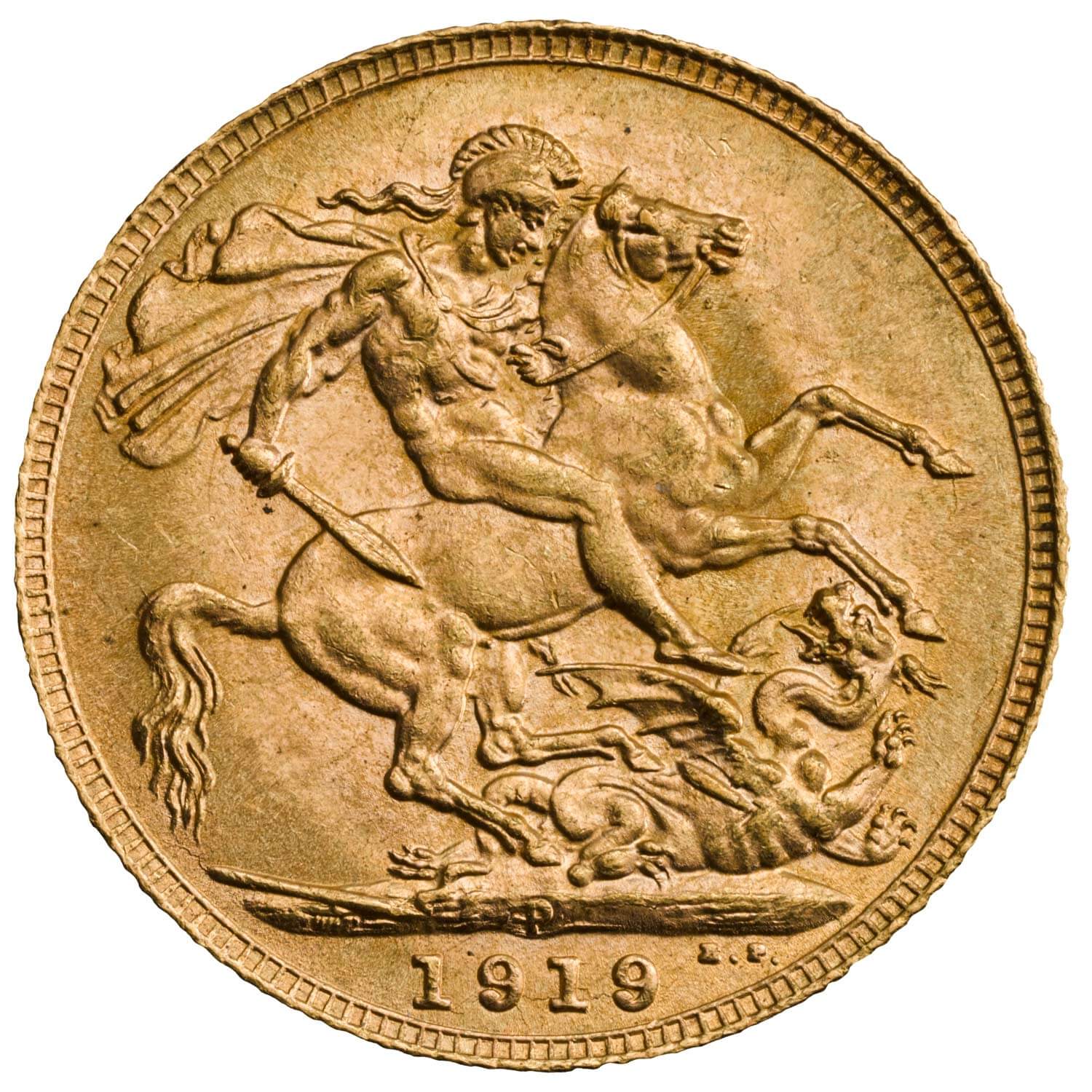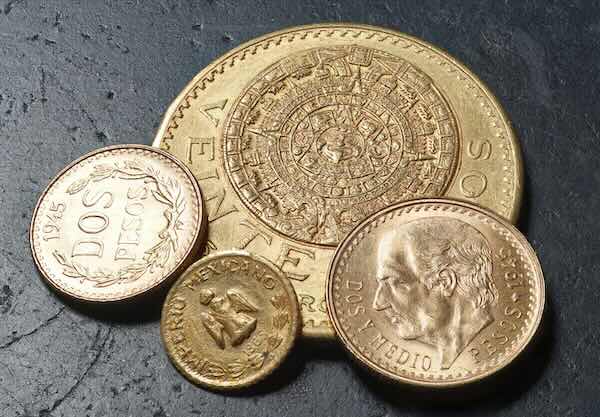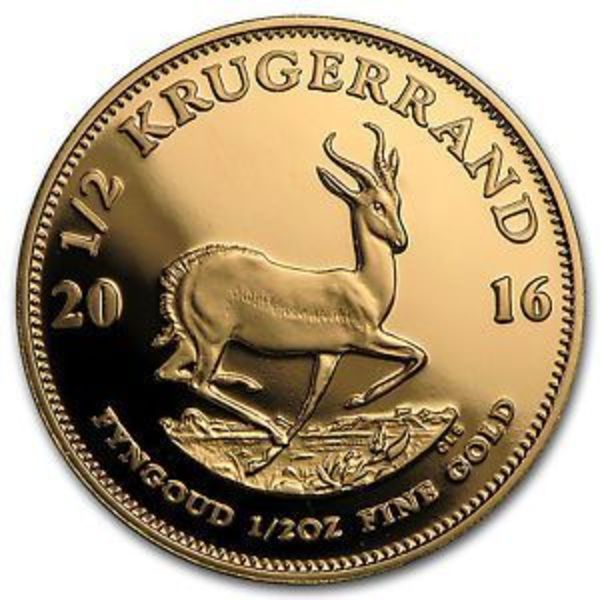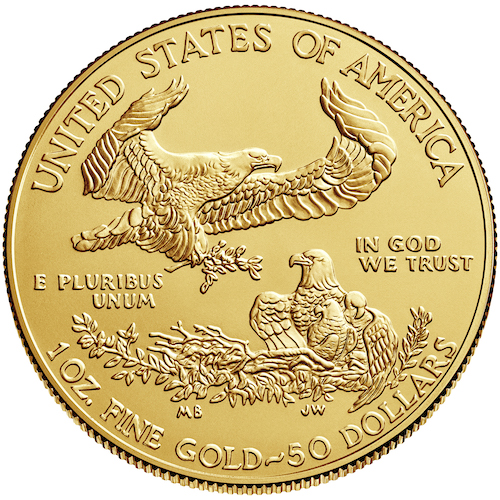Investors are constantly searching for the most competitive pricing on gold coins and bullion—and naturally, the goal is to buy gold at spot price. This is the ideal scenario, as purchasing gold as close to the spot price as possible allows for maximum return potential once the price of gold appreciates. While premiums are the norm, several reputable online dealers occasionally offer gold at spot price deals, especially to attract new customers.
Where To Buy Gold at Spot Price?
Buying gold at spot price typically refers to acquiring physical gold—such as bars or coins—at the current spot gold price, without any markup or premium. While it’s rare, it’s not impossible. Some of the most recognized online bullion dealers—including JM Bullion, SD Bullion, APMEX, Bullion Exchanges, and Bullion.com—offer gold bar at spot price promotions for first-time buyers. These offers are often limited to 1 oz or fractional bars and are designed as loss leaders to bring in long-term customers.
Keep in mind that these promotions usually come with specific terms, such as quantity limits or required payment methods. But for savvy investors, these deals represent one of the few opportunities to truly buy gold at spot price and avoid the traditional dealer markup.

Spot Price Gold Bars from the Secondary Market
Another path to acquiring gold near spot price involves buying secondary market gold bars. These bars may not be brand new and could come from prior ownership, but they still contain full weight and .9999 purity. Dealers resell these bars at reduced premiums, and in some cases, very close to the spot price of gold.
Investors can also take advantage of indirect methods like credit card cash-back offers to lower their net cost. For example, Costco’s Executive Membership rewards, or stacking rebates from gold retailers can, in effect, reduce your overall price per ounce—sometimes with a net cost below spot price.
Dealer Premiums on Gold Bars and Coins
Expecting to routinely purchase gold at spot price is like expecting to buy a finished car for the cost of its steel and rubber. Bullion products come with overhead: mining, refining, minting, transportation, and retail logistics all add cost. These factors are built into the premium that dealers charge over the spot price.
Gold coins from government mints, such as the American Gold Eagle or Canadian Maple Leaf, often carry higher premiums than private mint gold bars, due to legal tender status and enhanced design features.
What Does the Spot Price of Gold Really Mean?
The gold spot price is the live, real-time value of unfabricated gold traded in the commodities markets. It reflects the cost for immediate delivery of unallocated, wholesale gold, usually in 100 oz lots via paper contracts. It’s the foundational benchmark upon which all physical gold prices are based.
The spot price can be driven by a host of factors, such as market speculation, demand for bullion, fluctuations in futures (paper contracts), currency values, current events, and mining.
Retail dealers use the spot gold price as a starting point for pricing physical gold bars and coins. Add minting fees, distribution costs, and market demand, and you get the final retail price paid by investors.
Spot prices are updated every minute six days a week, as long as one of the trading markets is open. New York, Chicago, London, Zurich, China, and Hong Kong are the most influential markets.
Choosing Gold Bullion Types
With such a large variety of gold bullion bars, coins and rounds available, deciding which will help you reach your investment or store of wealth goals can be confusing.
Today’s market is flooded with bullion coins from sovereign governments, and gold bars and rounds from private mints. Vintage gold bullion coins circulating from a time when economies were based on the gold standard are also readily available the market.
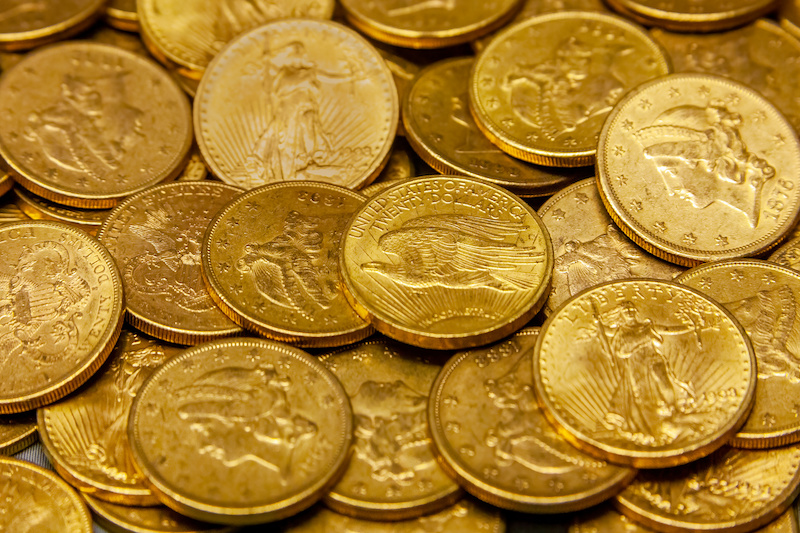
Two very important factors to consider include how long you intend to keep your gold bullion investment and your intended buyer when you decide to sell.
If transferring cash holdings into another form of legal tender, or investing in a Gold IRA, buying American Gold Eagle, Canadian Gold Maple Leaf, or Britannia Gold Coins may be the most practical for you.
Plenty of other vintage gold bullion coin options can be found and lower premiums and are as liquid and recognized and modern bullion. These vintage issues include U.S. Mint Pre-1933 Gold Coins, British Gold Sovereigns, LMU 20 Franc Coins, and Gold Peso coins from Mexico.
Compare Gold Bullion Prices
Each dealer sets their gold bullion prices based on its individual business model. Accordingly, the premiums for the same product can vary dramatically between dealers.
Almost every online dealer offers the same core set of products such as American Eagles, Maple Leafs, Krugerrands, and other sovereign government bullion. You can use FindBullionPrices.com to find the best prices on the gold bullion items you want to buy.
